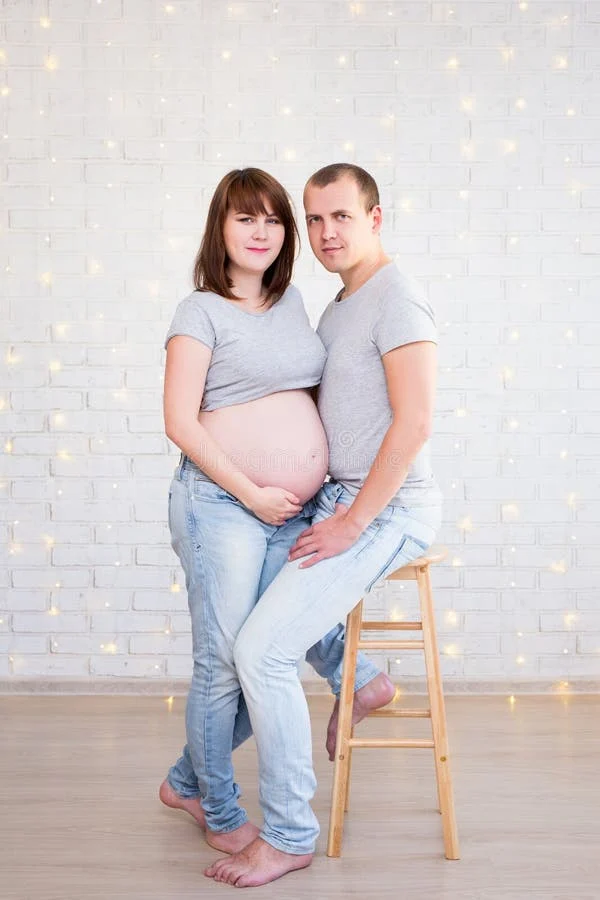When it comes to discussing the changes in my partner’s body after childbirth, I chose to say nothing. Honestly, her postpartum body isn’t really my place to comment on. Sure, I’m her partner, but my opinion about her body during this time ranks somewhere low on the list of crucial viewpoints—probably right around the same level as a teenager critiquing modern art or my toddler insisting on another bedtime story.
Let’s not forget that pregnancy isn’t a solo endeavor, and I played a significant role in the changes she underwent. So, in a way, this is what we both signed up for. When we decided to have a child, we might have envisioned our little one accomplishing great feats, like advancing space exploration or leading a sports team to victory. But we also agreed to the reality that she would carry our child for nine months, dealing with hormonal shifts, mental changes, and physical transformations that are as permanent as they are profound. It’s important to mention that she would also become a milk-producing machine and see her body undergo drastic changes.
And let’s be real—each additional pregnancy can amplify these changes. We have two children, but my partner experienced four pregnancies in total (our success rate wasn’t stellar). That’s roughly 26 months of morning sickness, cravings (yes, pineapple and curly fries were on the menu!), and the toll of breastfeeding. Not to forget the scars from C-sections.
Here’s the thing: My partner’s body has transformed due to pregnancy, but so what? She remains the fiery, captivating woman I married. I’ve changed too. Back when we tied the knot, I was 27, an avid weightlifter, and a runner. Fast forward to today, and the only lifting I do is when I toss my baby girl in the air while my running now consists of chasing after my toddler in a game of pretend. The biggest debate I face is how many slices of pizza to order for delivery.
Critiquing my partner’s postpartum body feels not just selfish but shortsighted. I’m no expert on episiotomies, stretch marks, or the challenges faced by new mothers. Imagine if a buddy from your weekend softball league got injured, had to take a long break from work, and gained weight. You wouldn’t question his appearance; instead, you’d be celebrating his survival and resilience. The difference with pregnancy is that, assuming everything goes smoothly, your partner not only survives but creates a new life—a child who becomes part of your family.
I cherish my partner’s postpartum body because it represents our family, the core of what makes life fulfilling. And let’s face it, after all she’s gone through, it’s a miracle she still wants to share a bed with me.
If you’re interested in exploring more about the journey of motherhood, check out this insightful piece on Cervical Insemination. For those considering at-home insemination options, Make a Mom offers reliable kits to help you on your journey. For further information on pregnancy and related topics, Healthline serves as an excellent resource.
In summary, my partner’s postpartum body is a testament to our shared journey into parenthood. The changes she’s experienced are profound, but they do not diminish her beauty or the love that binds our family together.

Leave a Reply